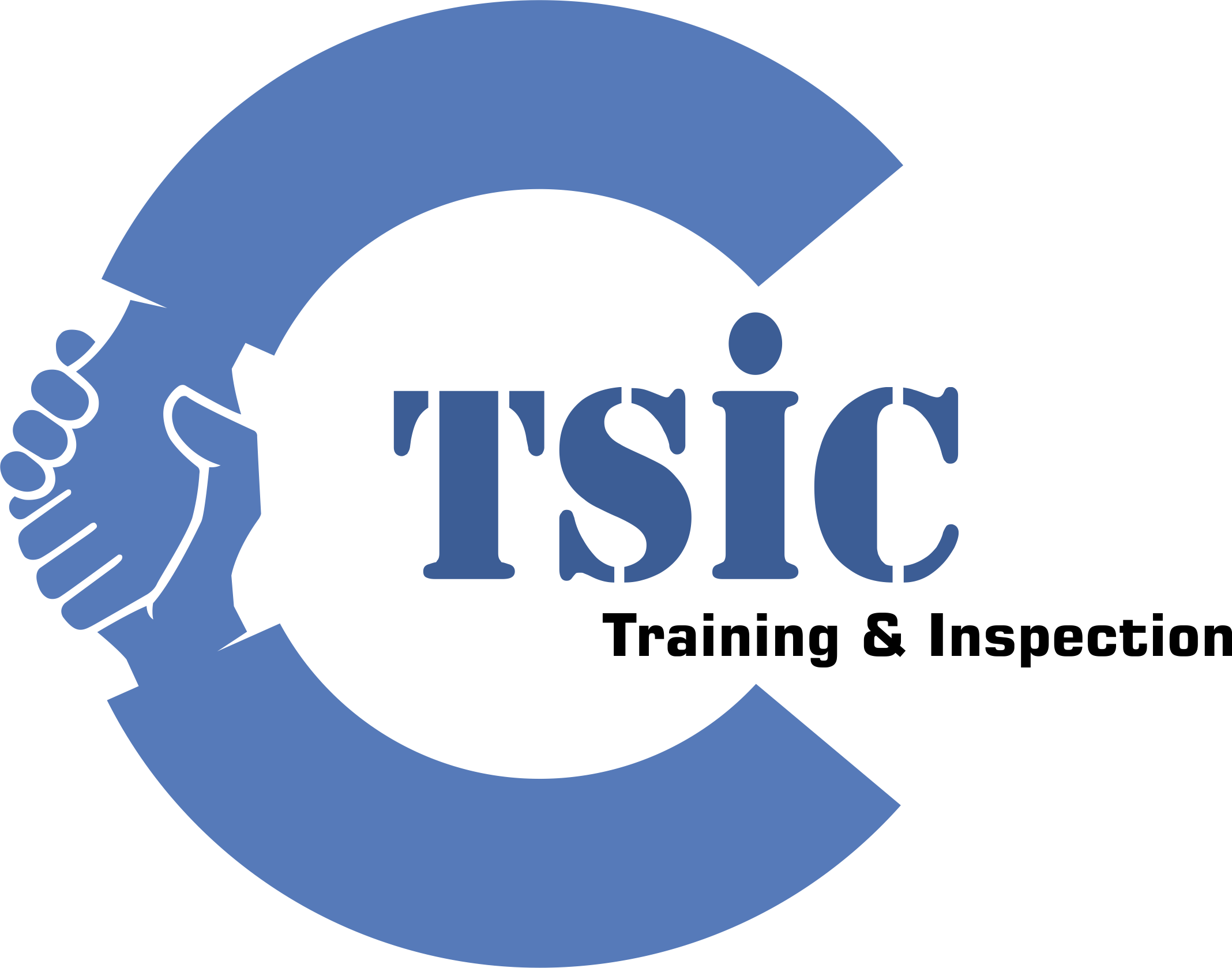Precisely what is Software as being a Service (SaaS)? Software to be a Service (SaaS) describes a computing technology that offers application program as a company via the Internet. The seller gives a solitary, customized backup of the computer software, usually in a multi-Tenant settings, and typically provides improvements and areas for life. The completed user, who all connects online through his computer, no longer must buy and install the solution on his own computer.
This flexible service version is based on infrastructure provided by the seller with or with no client’s THIS support. For the purpose of small and channel businesses (SMBs), this can be a real money saver regarding purchasing and maintaining infrastructure for info centers, upgrades, secureness, and software licensing. For larger enterprises, nevertheless , SaaS represents a risk to existing business models since it shifts the duty of preserving an THIS infrastructure, stepping up and taking care of software, components, and other applications onto your customer. There are many problems that are at perform in determining which establishments should select SaaS more than its more traditional competitors, ranging from questions about security to concerns above the management of information, workstations, and networks.
Is data as a service (“SaaS”) secure? The short solution: Yes! Most contemporary providers of SaaS applications use remarkably secure web services to transmit sensitive data. A lot of providers also utilize app level security (ASV) to make sure that only humans can access data for the network. Simply by combining these solutions with on-premise CUSTOMER RELATIONSHIP MANAGEMENT and analytics platforms, you can create a complete customer relationship and analytics platform that leverages your company’s strengths while delivering the data that’s most useful to your business.
Do you need SaaS simply because an in-house alternative or would it be better served as another solution to the in-house data services? In most cases, it could better dished up as a solution. The reasons for this will be two-fold. Initial, external Software applications tend to be flexible since they don’t require your personnel to learn virtually any new technology. On the other hand, internally-powered SaaS solutions might be faster mainly because they’re hosted on-premises over a managed infrastructure, that allows organizations to take advantage of their own IT staff’s skills in terms of managing the software program stack.
How does this kind of impact your IT infrastructure? Your IT infrastructure must adjust to the development of SaaS applications , especially if your small business is going to an Software model. The IT system probably previously uses a info integration system such as Infura or Connect as it capabilities as a backend interface to the ERP or other ERP software accedu-esf.ir system. It’s likely that you’re going to need to move some or perhaps all of your data interface to use an SaaS platform.
What should you expect from your Software provider? The SaaS carrier can provide an online beta as a means of demonstrating their particular ability to implement the services quickly and efficiently. You can utilize this beta as a means of evaluating the customer support and their ability to answer your questions about the computer software. When assessing your Software provider , much of your focus should be on how cost-effective their program is and whether or not their facilities allows those to execute their particular software effectively. If you are unable to discover answers to questions, your best bet may be to push your THAT functions to the automated routine service answer.
